
Senior physics writer Emily Conover joined Science News in 2016. She has a Ph.D. in physics from the University of Chicago, where she studied the weird ways of neutrinos, tiny elementary particles that can zip straight through the Earth. She got her first taste of science writing as a AAAS Mass Media Fellow for the Milwaukee Journal Sentinel. She has previously written for Science Magazine and the American Physical Society. She is a two-time winner of the D.C. Science Writers’ Association Newsbrief award, and a winner of the Acoustical Society of America’s Science Communication Award.

Trustworthy journalism comes at a price.
Scientists and journalists share a core belief in questioning, observing and verifying to reach the truth. Science News reports on crucial research and discovery across science disciplines. We need your financial support to make it happen – every contribution makes a difference.
All Stories by Emily Conover
-
 Physics
PhysicsHow to make the best fried rice, according to physics
Researchers show exactly how rocking and sliding a wok can launch fried rice into the air, letting it cook at a high temperature without burning.
-
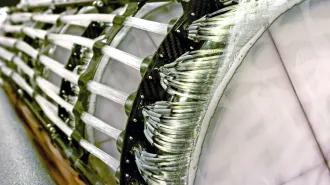 Physics
PhysicsA barrier to colliding particles called muons has been smashed
Future particle accelerators could slam muons together to reach higher energies than any before.
-
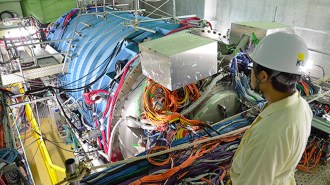 Particle Physics
Particle PhysicsMisbehaving kaons could hint at the existence of new particles
Certain extremely rare decays seem to be happening more often than expected, and scientists don’t know why.
-
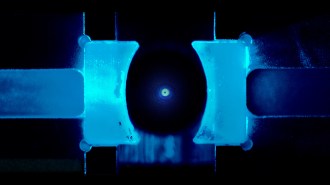 Physics
PhysicsScientists cooled a nanoparticle to the quantum limit
Physicists decreased a nanoparticle’s motion to the lowest level allowed by quantum mechanics.
-
 Physics
PhysicsA quantum strategy could verify the solutions to unsolvable problems — in theory
A quantum technique for verifying solutions to difficult problems could apply to an “unbelievably huge” class of puzzles.
-
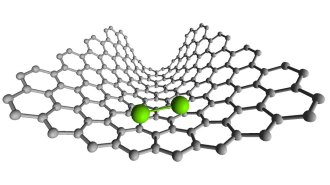 Chemistry
ChemistryA dance of two atoms reveals chemical bonds forming and breaking
Two rhenium atoms approach and retreat from one another in an electron microscope video.
-
 Archaeology
ArchaeologyAfter the Notre Dame fire, scientists get a glimpse of the cathedral’s origins
Researchers will tackle the scientific questions behind rebuilding Notre Dame, and learn more about its history.
-
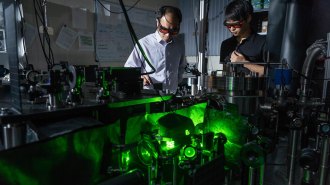 Physics
PhysicsThe fastest-spinning object ever made could help spot quantum friction in a vacuum
Scientists have developed a torque sensor made with a nanoparticle that can spin more than 300 billion times a minute.
-
 Physics
PhysicsHow to restore the legendary acoustics of Notre Dame
Using heritage acoustics, researchers hope to help restore the sound of Paris's Notre Dame cathedral.
-
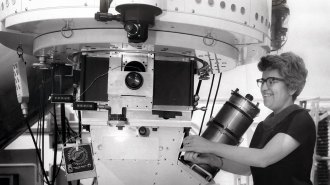 Space
SpaceDark matter pioneer Vera Rubin gets a new observatory named after her
A new effort to study the cosmos is named after Vera Rubin, an astronomer who searched out dark matter and battled sexism.
-
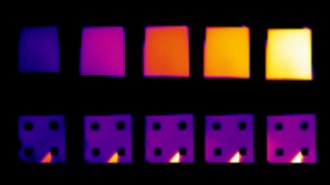 Materials Science
Materials ScienceThis material could camouflage objects from infrared cameras
A coating of samarium nickel oxide counteracts hotter objects’ tendency for brighter thermal radiation.
-
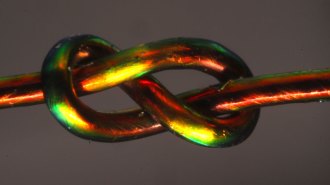 Math
MathColor-changing fibers help reveal mysteries of how knots work
Experiments with colorful fibers helped scientists discover a few simple rules behind knots’ varying strengths.